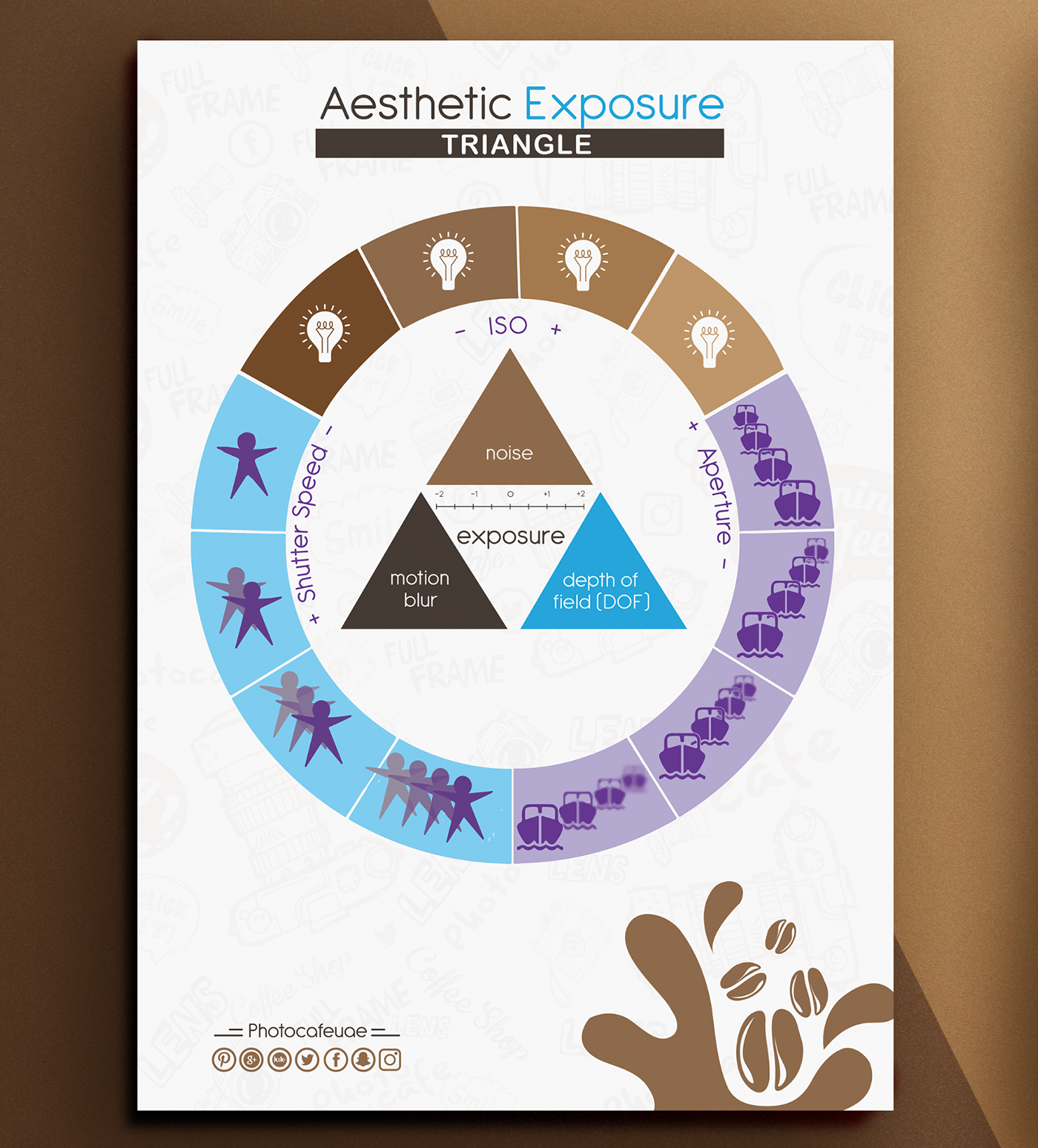What Every Photographer Should Find Out About Lights
What Every Photographer Should Find Out About Lights
Blog Article
Company headshots -Hinson Fraser
As a professional photographer, you know that lighting can make or damage your images. Comprehending the nuances of both natural and artificial light is essential for catching the state of mind and clarity you go for in your work. Whether you're going after the best golden hour glow or adjust your fabricated configurations, grasping these components can boost your digital photography substantially. However there prevail challenges that numerous overlook, and acknowledging them can change your technique to every shoot. Allow's explore what Headshot studio could be missing out on and just how it can influence your results.
Understanding Natural Light
Recognizing natural light is essential for any type of professional photographer seeking to enhance their job. It's the foundation of wonderful digital photography, influencing mood, tone, and quality. When you fire outdoors, focus on the time of day. The golden hour-- soon after daybreak and prior to sunset-- uses soft, warm light that can transform average scenes into sensational photos.
Do not underestimate the power of cloudy days. Cloud cover diffuses sunshine, creating a soft, even light that's ideal for portraits and macro photography. You'll locate colors appear this sort of lighting without harsh darkness.
Positioning issues, too. Constantly consider your subject's orientation to the light source. If the sun's behind your topic, you might wind up with a shape, which can be remarkable but mightn't be what you desire. Alternatively, direct sunlight can develop uncomplimentary darkness.
Try out angles; sometimes, transforming your point of view can produce fantastic outcomes. Use https://telegra.ph/Prepare-To-Uncover-The-Keys-Of-Traveling-Photography-Fundamentals-That-Will-Transform-Your-Experiences-Right-Into-Exciting-Aesth-01-09 , like water or sand, to bounce light onto your topic, adding dimension.
Learning Artificial Light
Understanding artificial light is vital for professional photographers who wish to take their skills to the following degree. Whether you're utilizing speedlights, workshop strobes, or constant lights, comprehending how to adjust these resources can substantially enhance your photos.
Beginning by acquainting on your own with the fundamentals of light top quality, instructions, and shade temperature. Try out different modifiers like softboxes, umbrellas, or grids to control the soft qualities or harshness of the light.
You'll locate that soft light frequently develops complementary results, while harsher light can include dramatization and depth. Do not shy away from shadows; they can boost the three-dimensionality of your subjects.
Pay close attention to the positioning of your lights. A light located too close to your subject can produce uncomplimentary results, while as well far can cause an absence of information. Make use of a light meter or your cam's histogram to ensure you're subjecting correctly.
Lastly, bear in mind that synthetic light can be mixed with ambient light for innovative impacts. Balancing these resources may take practice, once you understand it, your digital photography will really radiate.
Techniques for Various Circumstances
When you enter different capturing situations, adapting your lighting techniques is essential for recording the most effective photos. For outdoor pictures, use the gold hour-- morning or late afternoon light-- to soften shadows and boost complexion.
If it's an extreme midday sun, consider using a reflector to jump light back onto your subject or seek shaded areas for a much more even exposure.
In low-light circumstances, like interior occasions, increase your ISO and make use of a vast aperture to let in even more light. A tripod can assist eliminate video camera shake, allowing for longer direct exposures without blurring.
If you're contending night, try out off-camera flash to create vibrant lights and depth in your images.
For item photography, make use of diffused lighting to avoid severe reflections. Softboxes or light tents can aid achieve this effect.
When photographing landscapes, consider the direction of light and time of day, as it can drastically alter the mood of your shot.
Constantly be ready to change your settings and placing based on the situation, as flexibility is crucial to grasping lights in digital photography.
Final thought
Finally, understanding illumination is vital to raising your photography skills. Welcome natural light's charm during golden hour, and do not avoid experimenting with fabricated light methods. By adjusting your method to different situations, you'll catch magnificent pictures that reverberate with feeling and clearness. Bear in mind, the ideal lights can transform an ordinary shot into something remarkable, so keep practicing and improving your understanding of both natural and fabricated light. https://telegra.ph/Easy-Ways-To-Enhance-Your-Picture-Photography-01-09 capturing!
